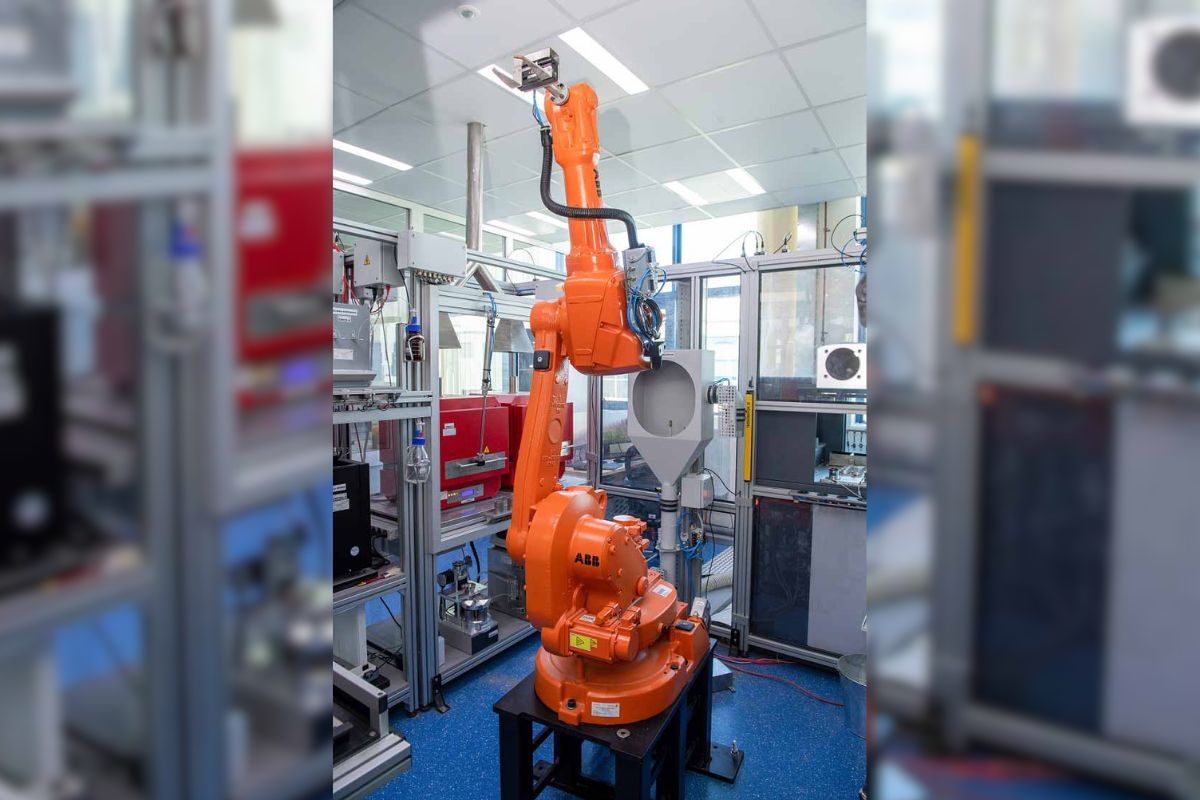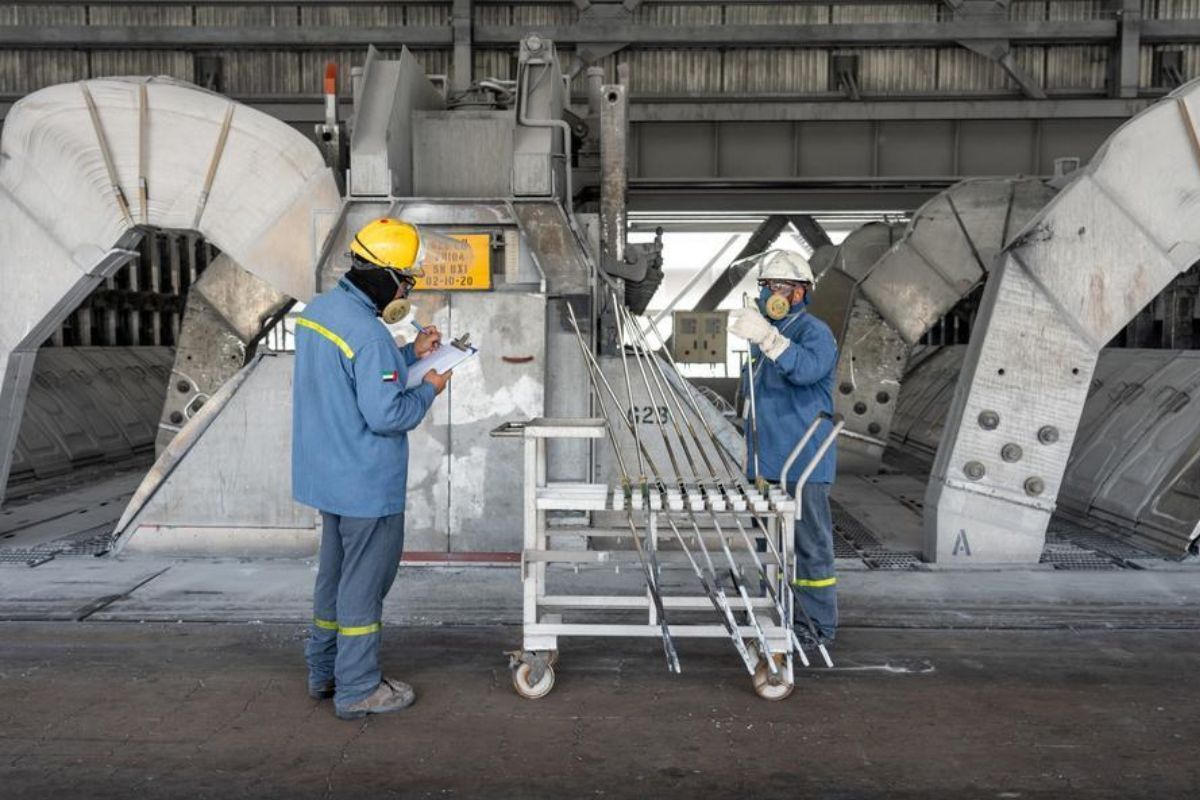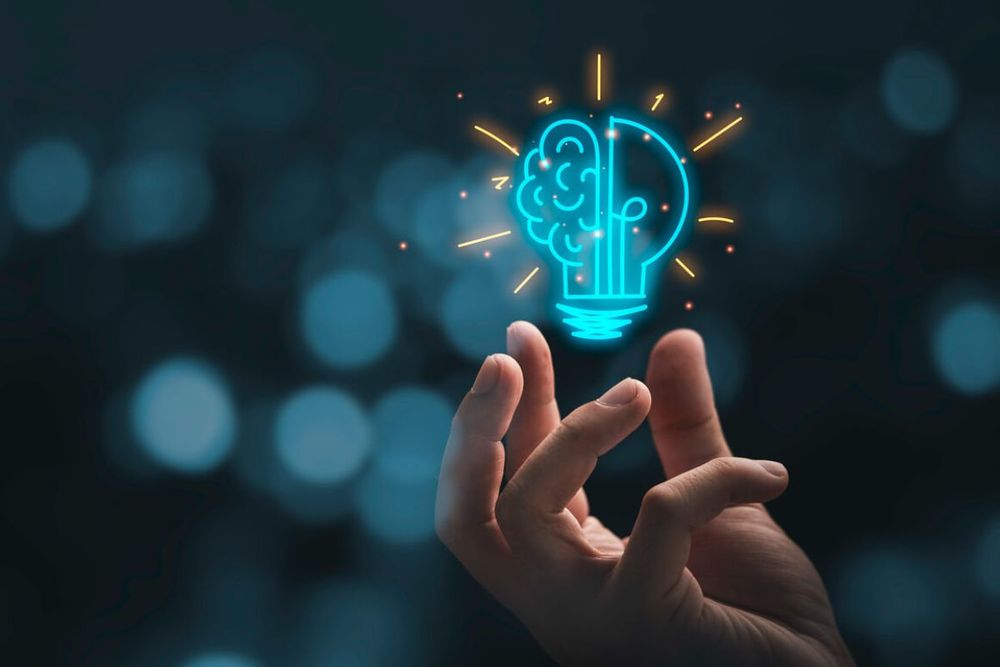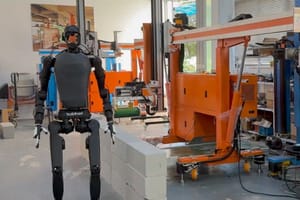Over the past few decades, the world of technology has advanced creating a wave of innovation that has transformed nearly every facet of our lives. Not only have these technologies made our lives convenient but have also created new opportunities, problems, and possibilities that are continuing to change our future. These technological innovations are referred to as ‘disruptive technologies’ and have the potential to completely transform the status quo and influence the future in ways we could hardly have imagined just a few years ago.
From the advent of the internet to the unavoidable smartphones at our fingertips, disruptive technologies have influenced industries, economies, and societies. Learn more about disruptive technologies and how it is shaping our future.
What is disruptive technology?
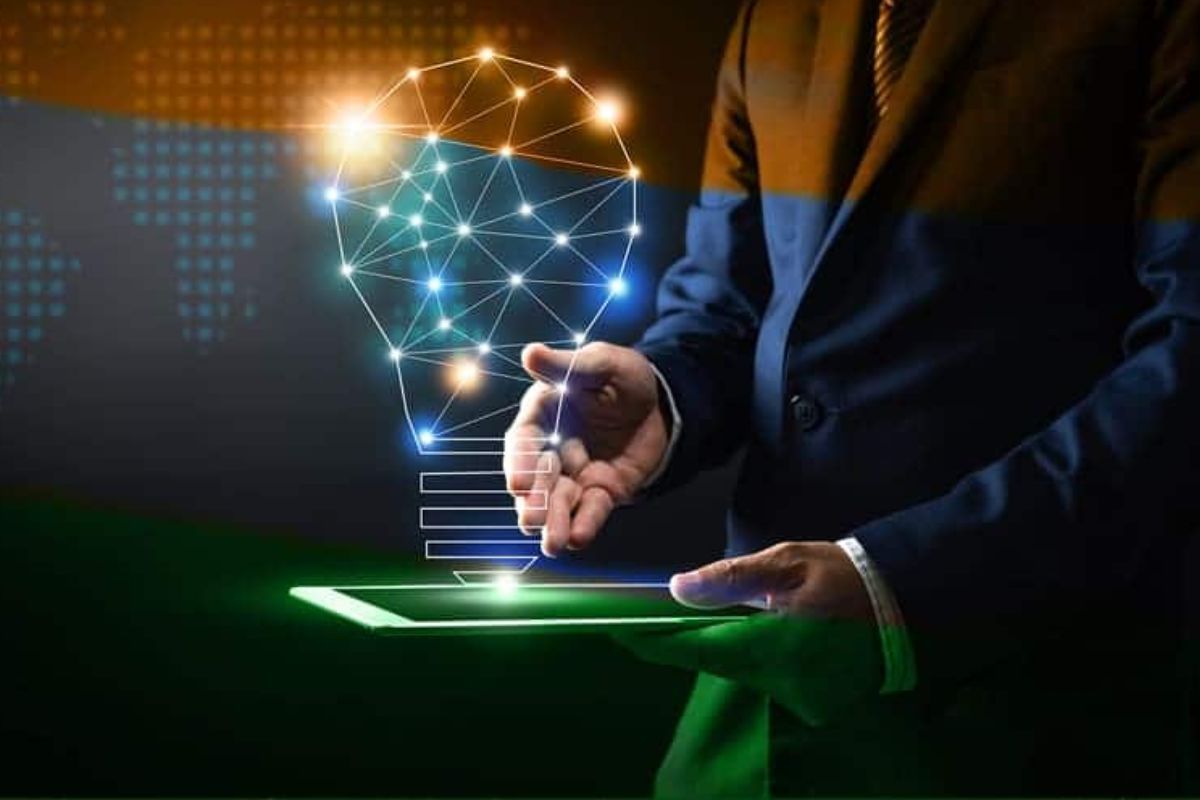
Disruptive technologies are the innovations or developments that dramatically affect the status quo within markets or industries. These technologies often provide novel approaches that are more accessible, affordable, or effective than current options that replace established goods or services. Disruptive technologies have the power to transform industries, establish new market leaders, and have profound social and economic effects. They challenge traditional business models and force companies and societies to adapt to new ways of operating.
The term ‘disruptive technology’ was first used by Professor Clayton Christensen of Harvard Business School in 1995. He later explained the term in detail in his book The Innovator’s Dilemma which was published in 1997. He defines disruptive technology as 'a process by which a product or service takes root initially in simple applications at the bottom of a market and then relentlessly moves up market, eventually displacing established competitors'.
These technologies often begin in niche markets, where they provide advantages like cost-effectiveness or ease, and then gather momentum over time, eventually overtaking established competitors as they enter the mainstream. The exceptional rate of evolution of disruptive technology is one of its distinguishing characteristics. Advancements in computing power, data analytics, and global connectivity have helped foster an environment that encouraged rapid innovation.
Top Disruptive Technologies That Will Change the World
From biotechnology to artificial intelligence, this acceleration has produced a wide spectrum of game-changing technologies that have the potential to transform entire sectors and human communities. Here are some of the top disruptive technologies that are bound to change the world.
Artificial intelligence

Artificial intelligence or AI is one of the most disruptive technologies of today. By mimicking human intelligence, it has drastically transformed industries and societies. AI features a range of technologies like machine learning and neural networks that enable computers to mimic human intelligence and perform tasks that previously required human expertise.
AI is transforming a variety of industries, from healthcare and finance to transportation and manufacturing. Many industries have integrated AI into their operations as it helps to optimize processes, reduce costs, and increase efficiency. The automation feature of AI has opened a plethora of possibilities like manufacturing through robotics and enhancing customer service with timely responses by chatbots and smart assistants. It also assists medical professionals in diagnosing diseases, identifying treatment options, and predicting patient outcomes. It has also been able to creep into the creative fields by generating art, music, and literature, and aiding in content creation for various industries.
AI being a powerful tool also poses some important ethical and societal questions regarding privacy concerns, job displacement, and more.
Streaming entertainment
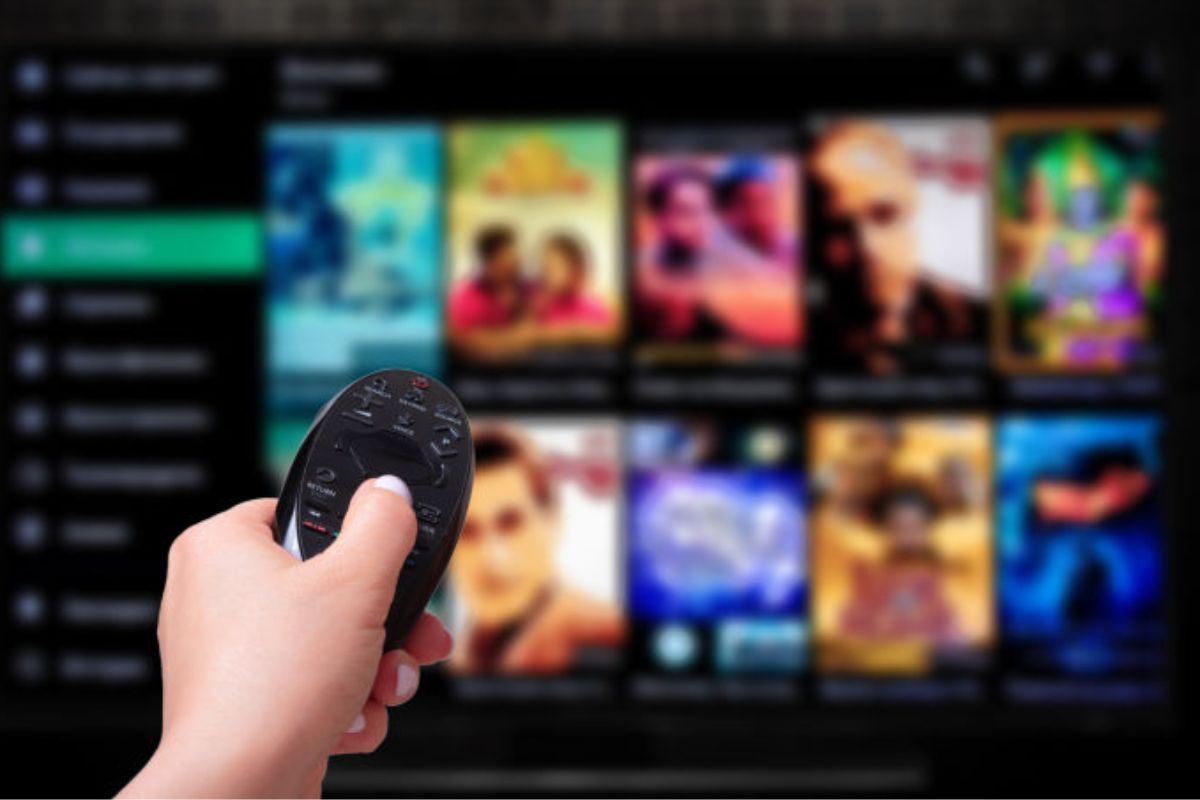
The OTT (Over-the-top) platforms like Netflix, Amazon Prime, and other streaming services have reshaped how we consume and engage with entertainment content challenging traditional distribution models and providing viewers with more choice and control over their entertainment experiences. These streaming services are spoiling the audience by offering on-demand content, a wide variety of options, global accessibility, personalized recommendations, and original content production.
They have transformed the media landscape and altered the dynamics of content creation and viewer engagement. They have also challenged the film industry by releasing films directly to their platforms.
3D Printing

3D printing technology, also known as additive manufacturing, is a process of creating three-dimensional objects using successive layers of material, such as plastic, metal, or even biological tissues. Ranging from prototypes to medical implants, it enables the precise and customizable fabrication of intricate objects using computer-aided design (CAD) models.
It has revolutionized the manufacturing industry with its ability to create complex and customized objects with unprecedented ease and speed. This technology is utilized in the healthcare industry to design prosthetic limbs and specialized implants. Other industries like aerospace also have adopted this technology to create lighter aircraft components. 3D printing could transform supply chains allowing for on-demand, localized production, reduced waste, and enabling innovations that are yet to be imagined.
By enabling quicker prototyping, less waste, and the production of highly personalized and complicated structures, this technology has transformed numerous sectors.
Quantum computing

Quantum computing is an emerging technology that employs the laws of quantum mechanics to solve complex problems and process information using quantum bits or qubits. Qubits can exist in multiple states simultaneously unlike classical bits, which can only be in a state of 0 or 1, allowing quantum computers to perform calculations exponentially faster than classical computers. This technology has applications in areas like cryptography, optimization, and scientific research.
Innovating in areas like medicine research, climate modeling, and data encryption, quantum computing has the potential to solve issues that were previously impossible to resolve, thereby transforming industries.
Internet of Things (IoT)

The Internet of Things (IoT) is fundamentally reshaping the way we interact with the world and the way industries operate. It connects devices and objects to the internet enabling them to collect and share data which can be used to optimize processes, enhance efficiency, and improve decision-making in various sectors. IoT helps in raising the standard of your living by enabling devices like thermostats and security cameras to communicate and adjust settings based on real-time data thereby making your homes smarter.
IoT has impacted many industries like healthcare and agriculture. IoT devices like wearable fitness trackers and remote patient monitoring systems enable continuous health monitoring, early disease detection, and personalized treatment plans. The farmers receive real-time information on soil conditions, weather patterns, and crop health by using IoT sensors. It also helps to reduce downtime in industrial processes by connecting machines and equipment in factories. Some of the other common incorporations of IoT can be seen in the logistics, retail, and transportation sectors.
Genetic editing
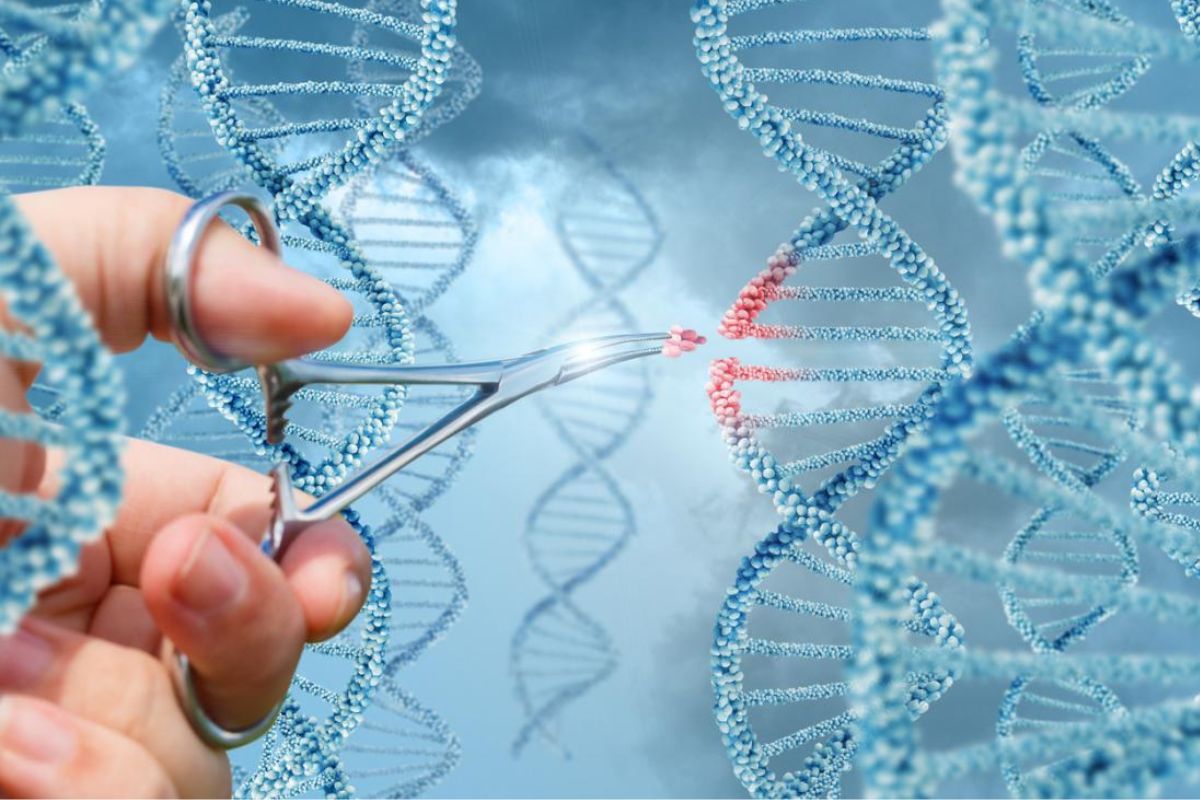
Genetic editing is a revolutionary technology that allows to precisely modify the DNA of an organism. CRISPR-Cas9 is the most well-known and widely used genetic editing tool. With the help of this technology, scientists can modify the genome of any organism including the human genome by adding, deleting, or replacing particular genes.
Genetic editing has the potential to treat incurable genetic disorders such as sickle cell anemia, muscular dystrophy, and cystic fibrosis by correcting or replacing faulty genes. Personalized treatments and therapies suitable for different genetic makeups can be developed leading to more effective and targeted medical interventions. It can enhance crop resistance to pests and diseases thereby increasing crop yields and developing more nutritious and sustainable food sources.
Cloud system

A cloud system is a network of remote servers that store and manage data, applications, and services over the Internet instead of on local hardware or devices. It has radically altered the way organizations and individuals store, access, and utilize digital resources. It offers a myriad of benefits, from cost savings and accessibility to innovation and scalability.
They eliminate the need for pricey on-premises infrastructure by enabling organizations to scale their IT resources up or down in response to demand fostering innovation and cost efficiency. Cloud-based backup and disaster recovery solutions minimize the risk of data loss and downtime while ensuring data resilience and business continuity. In comparison to traditional data centers, cloud providers are increasingly focused on sustainability and energy efficiency which can lower the carbon footprint.
Augmented reality (AR) and virtual reality (VR)

AR and VR technologies are disrupting the status quo by changing the way we interact with digital content, learn, work, shop, and experience the world. While virtual reality (VR) immerses the user in a fully computer-generated environment that completely replaces the actual world, augmented reality (AR) overlays digital information onto the real world to improve the user's perception. These technologies have reshaped many facets of our lives by breaking down geographical barriers and enhancing visualization and interaction with complex data and environments. From tourism to real estate, you can see the integration of these disruptive technologies in various degrees.
In the field of gaming and entertainment, it has blurred the lines between the digital and physical worlds. They have also revolutionized training and education by providing realistic simulations and interactive learning environments. Using AR and VR, architects and designers can visualize and interact with their creations in 3D space facilitating better design decisions and communication with clients.
Also Read:
